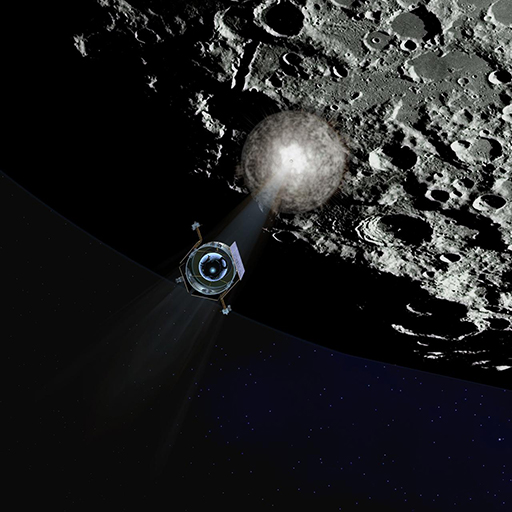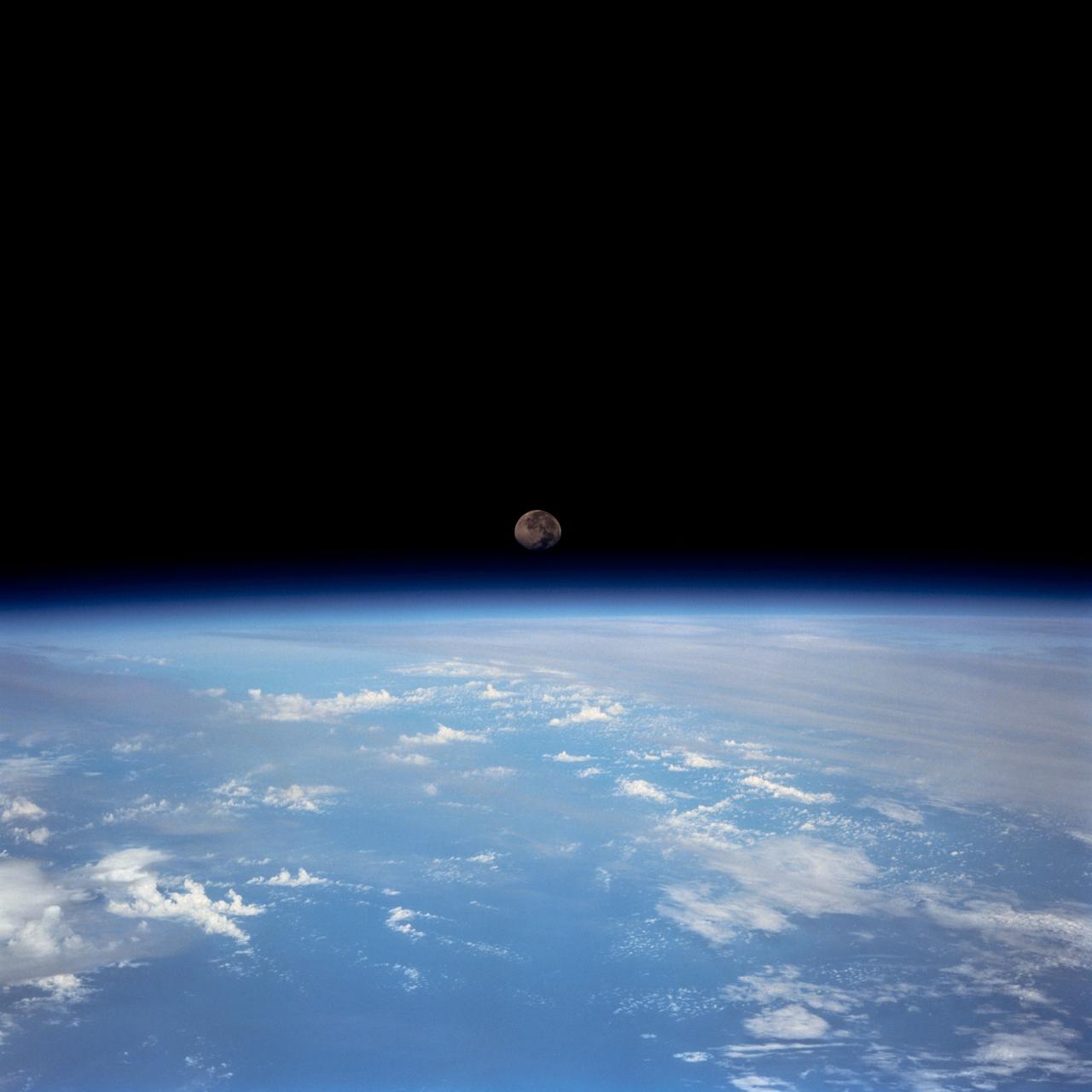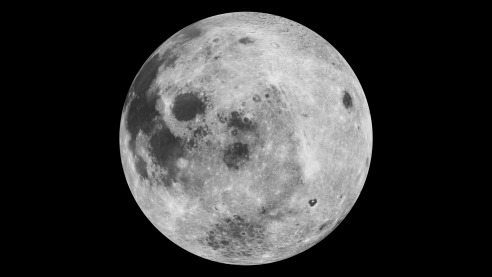Fifty years ago, the first space race ended. Now, a new race is underway, to find lunar water: water that could help us understand our place in the Universe; water that could lead to a new, more sustainable mode of space exploration through harvesting it in situ on the Moon for producing rocket fuel and to provide life support for a new cadre of astronauts.
So why is everyone excited about lunar water now, when we could see that the Moon walked upon by the astronauts was a dry barren place – and this seemed to be backed up by the analyses performed on lunar rock and soil samples?
Following a hiatus in the 1980s, lunar exploration resumed with a number of spacecraft missions, which revealed the lunar poles to be in stark contrast to the mainly equatorial regions visited in the 1960s and 1970s: vast regions lay in permanent shadow from the Sun and surface temperatures were 200 degrees or more below zero Celsius – amongst the coldest in our Solar System. These areas act as vast ‘cold traps’: many chemical substances such as water, other ices and organic compounds delivered to the Moon by asteroid and comet impacts would migrate to the poles and accumulate there in a permanent deep freeze. Our Moon may therefore be witness to billions of years of history of water and other important molecules in the vicinity of Earth.
"The Moon still holds many mysteries."
Meanwhile, scientists had been continuously honing their analytical techniques in the laboratory, performing ever more sensitive and exquisite analysis on those precious Moon soil and rock samples. Their findings suggest that the Moon not only contains water as a surface veneer, further concentrated in cold traps, but also within the interior of the Moon itself.
The Open University is at the forefront of a new wave of missions to the Moon. I lead a team working with the European Space Agency (ESA) to develop new instruments to prospect for lunar water. The first project is building for ESA a miniature science laboratory called ProSPA which will land near the south pole in 2024. Samples drilled from on and below the surface will be analysed in situ, and ProSPA will take close-up photos of these new, icy samples and use mass spectrometers to measure their water content along with other ices, organic materials and gases. These data will provide ground truth to help interpret the bigger picture as seen by orbiting spacecraft. We will find out not only how much water is there, but how it is distributed and even where it might have come from.
The last 50 years of lunar science have taught us that the Moon still holds many mysteries, and that the most complete understanding must be built up from multiple complementary measurements made across various landing sites.
 Diagram from NASA showing a spacecraft in search of water ice on the moon.
Diagram from NASA showing a spacecraft in search of water ice on the moon.
This article was originally published in the Summer 2019 edition of The Geographer - the newsletter of the Royal Scottish Geographical Society.







Rate and Review
Rate this article
Review this article
Log into OpenLearn to leave reviews and join in the conversation.
Article reviews